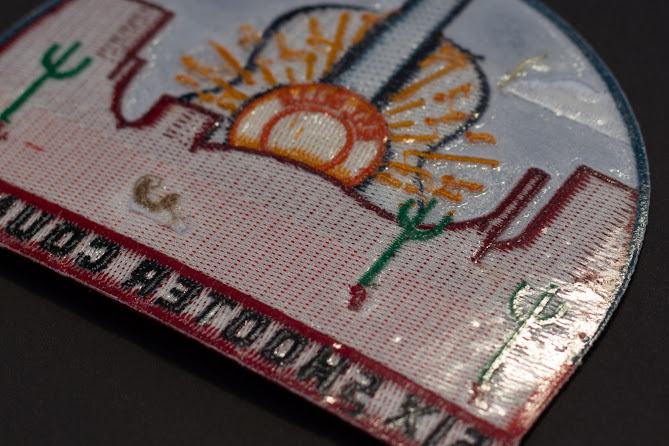How to Create Digital Patterns for Machine Embroidery
How to Create Digital Patterns for Machine Embroidery
A well-designed digital pattern is needed to open up endless creative possibilities
for machine embroidery. A deep understanding of stitch behaviors, fabric
interactions and machine capabilities is required for digitizing high quality digital
patterns for machine embroidery. The basic pillar for creating a well-designed
digital pattern is setting the high-resolution image. Vector file is highly
recommended by digitizers due to its cleaner age detection and seamless scaling
properties. Going further, choosing the right stitching type is another major task
which should not be ignored at any cost. Auto digitizing is never a choice for
creating digital patterns for machine embroidery. Stitching should be assigned
manually with respect to design elements such as satin stitching is the best for
borders and letters, for large areas without distorting fabric one can opt Tatami
stitches and for fine outlines running stitches are highly recommended. Moving to
next stage captures all the attention towards underlay strategies for ensuring crisp
embroidery.
It is important to note that edge walk in correspondence with zigzag
directions is the best strategy for satin stitching while contour underlay is the fine
strategy to prevent Puckering on high quality digital patterns. Before going to final
stage, it is important to minimize unnecessary jumps and trims to improve
efficiency and reduce production time. Stitching paths should be plan for
maintaining smooth stitching to create high quality digital patterns for machine
embroidery. Finally, file should be exported in correct format such as DST, PES
and EXP to maintain the quality of digital patterns created for machine embroidery.




Comments
Post a Comment